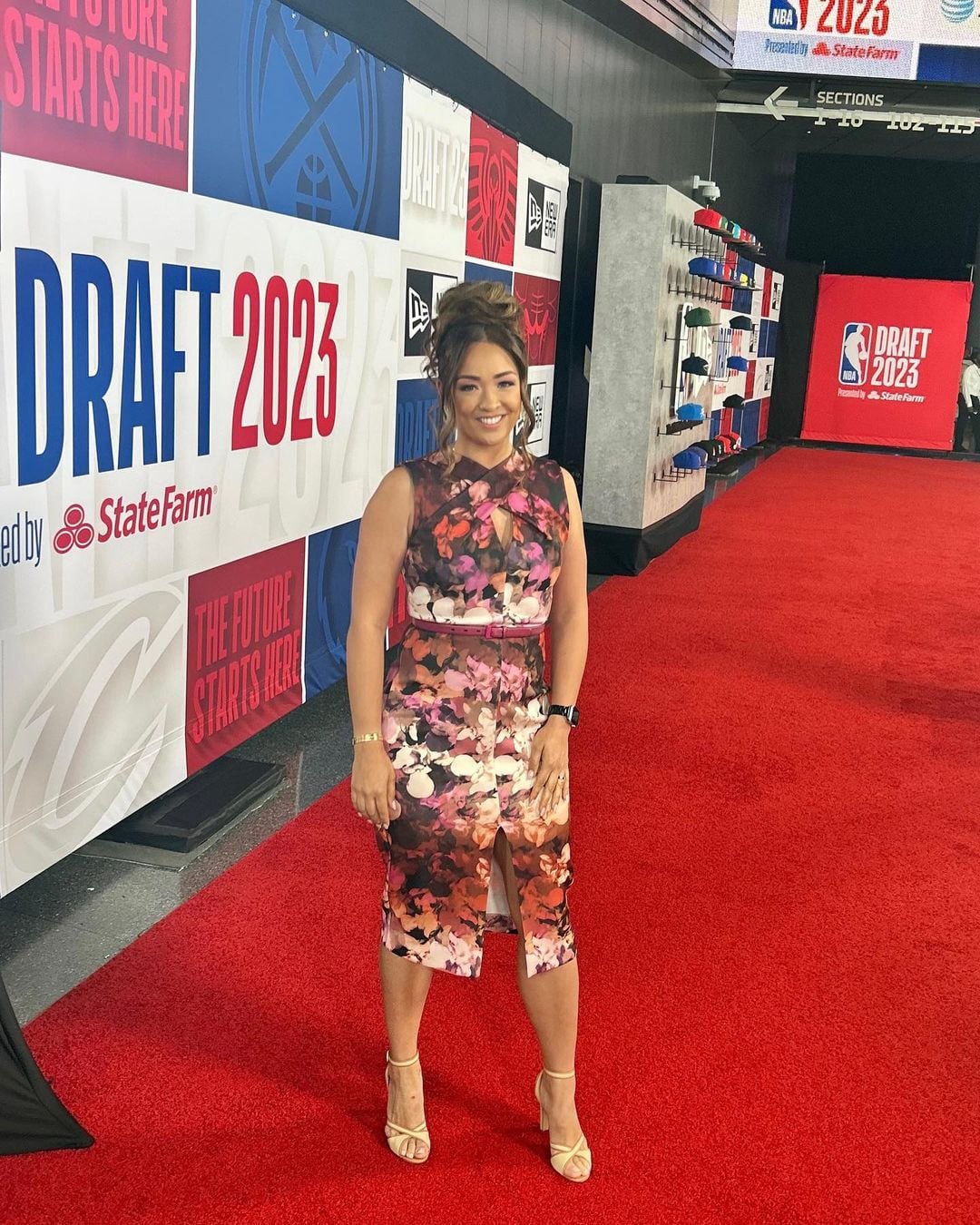Market Volatility: Professional Selling And Individual Buying Trends

Table of Contents
Professional Selling Strategies During Market Volatility
Market volatility significantly alters the sales landscape. Adapting your approach is key to maintaining revenue and building lasting client relationships.
Adapting Sales Strategies
In volatile markets, short-term gains are less reliable. Focus instead on building trust and demonstrating long-term value. This requires a shift in approach:
- Focus on building long-term relationships: Prioritize nurturing existing clients and fostering strong connections over chasing quick sales.
- Highlight value and stability: Emphasize the reliability and consistent performance of your offerings. Showcase how your product or service mitigates risk in uncertain times.
- Emphasize risk mitigation and solutions: Address clients' concerns directly. Provide solutions that demonstrate how your offering helps them navigate market uncertainty.
- Offer flexible payment options and financing solutions: Make it easier for clients to purchase by providing flexible payment terms.
- Utilize data-driven insights: Leverage market data and customer analytics to understand evolving needs and adapt your strategy accordingly.
Example: A software company might shift its focus from flashy new feature releases to demonstrating a strong ROI and the stability of its platform, highlighting its value as a reliable tool during economic uncertainty.
Negotiation and Pricing in Volatile Markets
Price negotiations become more intense during market volatility. A flexible and strategic approach is essential:
- Be prepared for more rigorous price negotiations: Anticipate tougher negotiations and have a well-defined strategy to address price objections.
- Consider tiered pricing models: Offer different pricing options to cater to various customer budgets and risk tolerances.
- Focus on the long-term value proposition: Highlight the long-term benefits and return on investment rather than solely focusing on immediate discounts.
- Showcase the resilience of your product/service: Emphasize how your offering performs well even in challenging market conditions.
Example: A construction company might adjust its pricing based on fluctuating material costs while emphasizing the long-term value and durability of its projects, ensuring they remain resilient to market fluctuations.
Leveraging Digital Marketing During Uncertainty
Digital marketing remains crucial, but requires a strategic adaptation during market volatility:
- Prioritize targeted advertising campaigns: Focus your advertising spend on reaching specific customer segments most likely to be interested in your offerings.
- Focus on content marketing: Create valuable content that addresses customer anxieties and provides solutions to their problems related to market volatility.
- Utilize email marketing: Nurture leads and maintain communication with existing clients to build relationships and stay top-of-mind.
- Track key performance indicators (KPIs) closely: Monitor your marketing efforts meticulously and adjust strategies based on real-time data.
Example: A financial services firm might use content marketing to educate clients on managing investments during market volatility, positioning itself as a trusted advisor.
Individual Buying Trends During Market Volatility
Market volatility significantly impacts consumer behavior, leading to shifts in purchasing patterns.
Increased Risk Aversion
Uncertainty breeds caution. Consumers become more conservative in their spending habits:
- Consumers become more cautious and prioritize essential purchases: Non-essential spending is often delayed or cut altogether.
- Increased demand for security and stability: Consumers favor products and services that offer a sense of security and reliability.
- Shift towards value-based purchasing over impulsive buying: Consumers carefully weigh the value proposition before making a purchase.
Example: Consumers might delay big-ticket purchases like cars or houses, opting instead to focus on essential needs.
Shift in Spending Priorities
Spending priorities change dramatically during market uncertainty:
- Focus on needs over wants: Essential goods and services see a surge in demand, while discretionary spending decreases.
- Increased price sensitivity and bargain hunting: Consumers actively seek out discounts and compare prices before making a purchase.
- Greater emphasis on product quality and longevity: Consumers prioritize durable and high-quality products that offer long-term value.
Example: Consumers might switch to cheaper grocery brands or delay non-essential entertainment spending.
The Rise of Value-Conscious Consumerism
Value becomes paramount during periods of market volatility:
- Consumers seek out better deals and discounts: Sales, promotions, and discounts become more influential in purchasing decisions.
- Increased interest in subscription services and cost-saving options: Consumers seek options that offer better value for money.
- Emphasis on brands that demonstrate strong value propositions and ethical practices: Trust and transparency become increasingly important.
Example: Consumers might compare prices rigorously before making a purchase, opting for the best value even if it means switching brands.
Conclusion
Market volatility presents both challenges and opportunities. Professional sellers must adapt their strategies to build trust and demonstrate resilience, while individual buyers prioritize value, stability, and security. By understanding these trends, businesses can navigate the uncertainty and maintain strong relationships with their customers. Learn to anticipate and react to shifts in market volatility to maintain a competitive edge and secure future success. Don't get caught off guard; understand the nuances of market volatility and develop a winning strategy.

Featured Posts
-
 Espn Promotes Richard Jefferson Nba Finals Booth Still Unconfirmed
Apr 28, 2025
Espn Promotes Richard Jefferson Nba Finals Booth Still Unconfirmed
Apr 28, 2025 -
 Mets Roster Moves Nez Optioned Megill In Rotation
Apr 28, 2025
Mets Roster Moves Nez Optioned Megill In Rotation
Apr 28, 2025 -
 Espn Pays Tribute To Cassidy Hubbarth On Her Last Show
Apr 28, 2025
Espn Pays Tribute To Cassidy Hubbarth On Her Last Show
Apr 28, 2025 -
 Breakout Season Prediction A Red Sox Sleeper Set To Emerge
Apr 28, 2025
Breakout Season Prediction A Red Sox Sleeper Set To Emerge
Apr 28, 2025 -
 Key Points From Trumps Time Interview Canada Annexation Claims Xi Calls And Third Term Discussion
Apr 28, 2025
Key Points From Trumps Time Interview Canada Annexation Claims Xi Calls And Third Term Discussion
Apr 28, 2025
